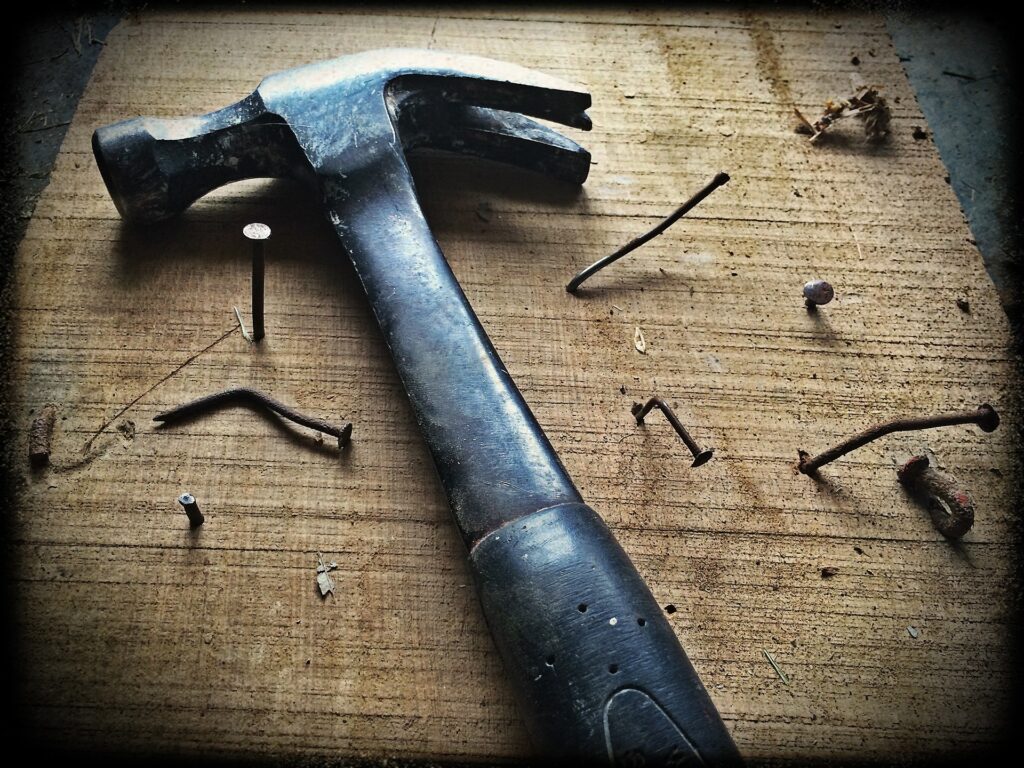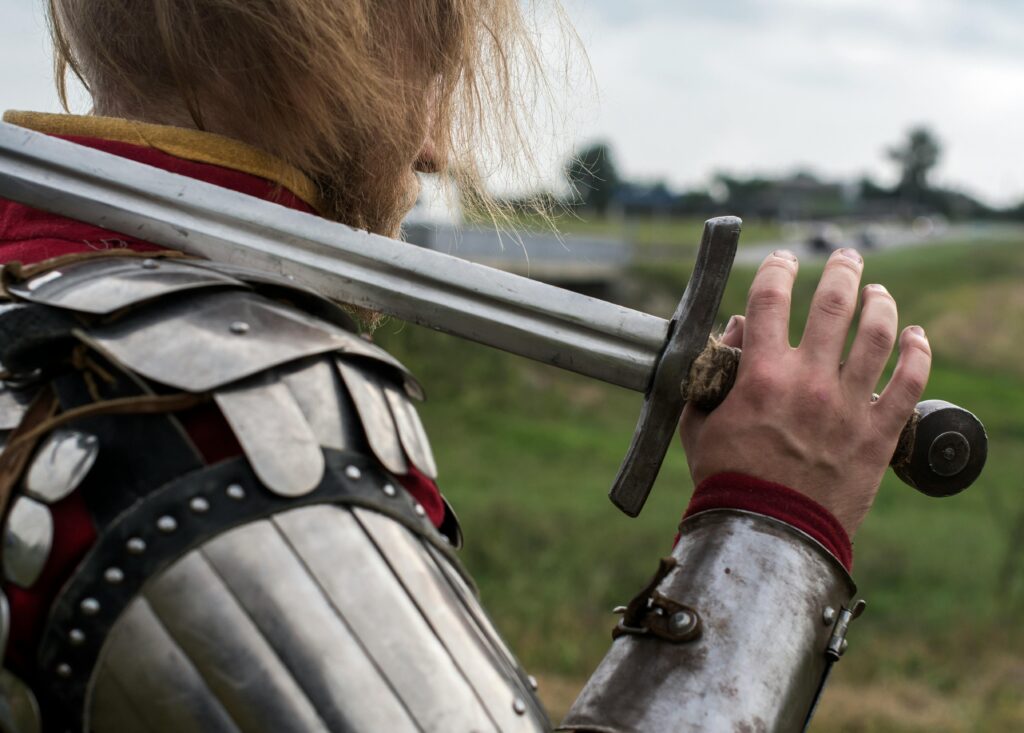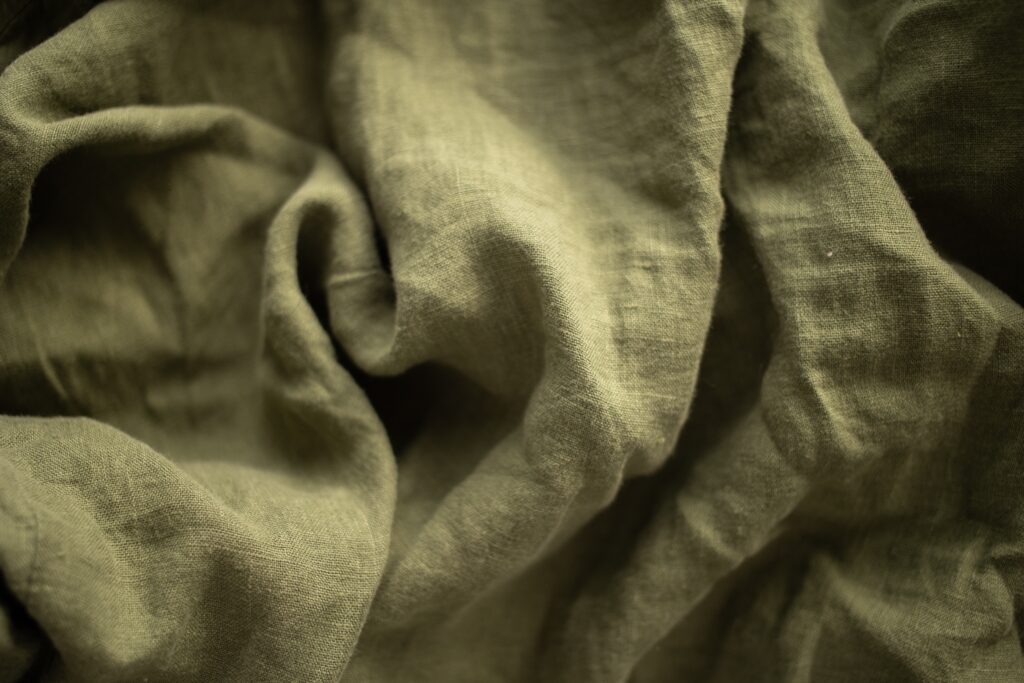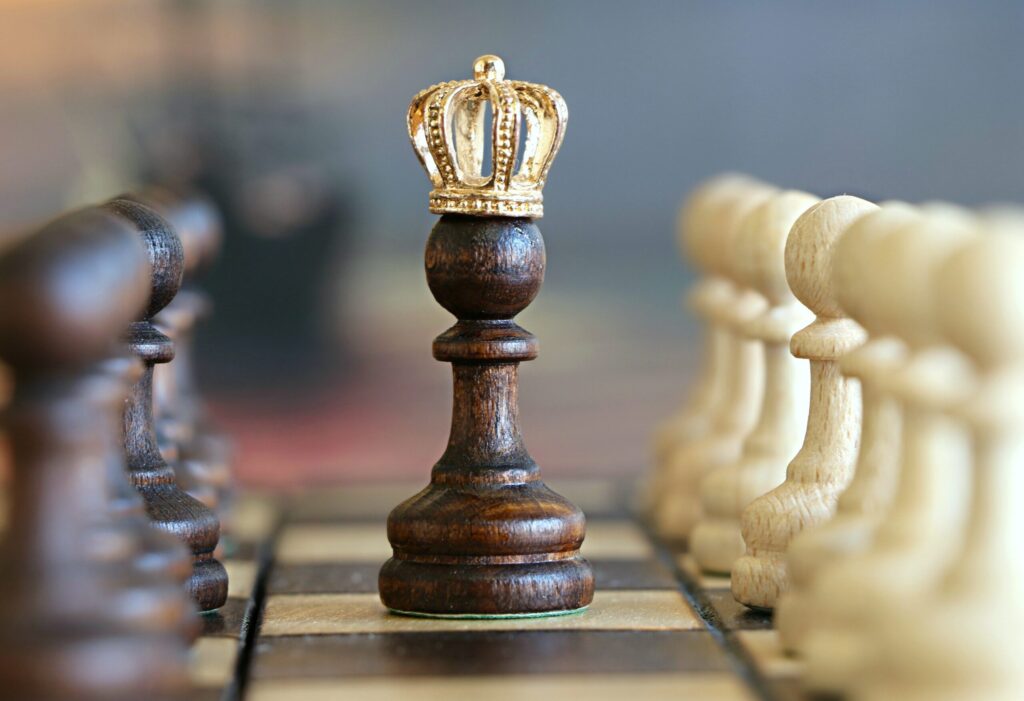Musings on Brutality in Martial Arts

I’m not a fan of brutality in modern martial arts practice. It brings unnecessary risks and injury, overvalues intensity over grace, and makes martial art less accessible to the unarmoured (both physically and psychologically).
Wasn’t Real Historical Fighting Brutal?
I certainly won’t argue that there is no historical precedent for brutal, cruel, and ruthless martial art and even some value to its use in the equally brutal battlefields of medieval and renaissance Europe. Master Fiore (one of the fathers of the tradition we practice) certainly has brutal techniques and commentary in his books. He approaches the realities of his time (15c Italy) with directness. Yet his writing also routinely speaks to the elevation of art and humankind through physical, mental, and emotional development.
For some, brutality is what makes martial art “real” or egalitarian (provided you’re big enough and strong enough). They feel that a real art or artist must routinely test their mettle against those who care more about landing powerful blows than for the long-term health, wellbeing and safety of their sparring or training partners.
Brutality in modern practice can also have a visceral appeal: connecting deeply with your body through pain, grinding out your vulnerability, feeling dominance over another and thus less small. This is heady stuff. I’m not surprised that Cobra Kai has students or that the Dark Side recruits members.
But brutality is a dead-end road with few long-term prospects.
Sharpen, Don’t Break, Your Partners
Each time that you step into a sparring match or an exercise you are putting your long-term health into the care of your training partners. Though protective gear may add to our safety it does not make us invulnerable, particularly to injuries like concussions. We want each day at training to be one where we and our partners are sharpened.
If you’ve ever sharpened a knife or a sword you know that this process is one that cannot be rushed. You need to work into the edge with a lot of care or risk ruining or chipping its fineness. Each repetition requires an attention to detail and a true compassionate approach to the steel. Take this same approach with your partners and ensure they take it with you. Anytime that you leave your training injured or you send someone else home less healthy, it’s a setback to their training at best.
To explore intensity responsibly requires the highest amount of care and attention. Make sure that when you’re bringing it you can bring care, skill, and intensity in equal parts and demand the same of your partners.
Learning to Work with Your Fire
Martial arts can be a powerful place to dance with your fire (and shadow). At its best and most vulnerable you can learn to work with this part of yourself in a way that is healthy for you and others. Challenging aspects of ourselves come up in training of all sorts. Frustration, anger, desperation, jealousy, shame—these can all be regular dance partners. Go into your training with some awareness of this and plan for it in advance. Don’t put yourself into situations where these things will routinely get beyond your control and start to control you.
Training can be a great place to get to know these demons but not unleash them. Maestro Fiore said “In the school we practice the wrestling of love. With an enemy we add anger.”
Get to know your ego and anger. Learn when they come up. How to manage them. How to breath through them. And put them in their right place.
A Different and Difficult Path
Martial arts for me are intimate and personal. They are a place to explore the vulnerability of excellence, accept one’s weaknesses, and build one’s strengths. A place to share the challenging journey of growth with others in a way that supports and sustains health both physical and psychological.
I pursue martial arts because they make me a more physically connected, graceful, and confident person. I love the dance in swordplay: the interplay of blades, the pitting of my skills against a worthy opponent, and the poetry that can come through an extension of yourself through a weapon.
The ideal of art rises above the brutal and base. It challenges us to be more than just another animal.
These are the “noble” arts of defense, and so they call on us to ennoble ourselves and others. To embark on the difficult journey of building our character and our bodies. To develop flexibility, gentleness, strength, care, and grace. To be more like dancers than brawlers.
On this path one extends their respect from the start, instead of demanding that it be earned first on the mat. You recognize that this is a journey we travel together and that our accomplishments are the gifts given to us by our partners.
Brutality lowers the bar on martial art. In the attempt to make it seem equal or more valid by reducing its measure to only rawness, it diminishes the practice by giving it only one end: dominance. This cannot end well.
Whereas pursuing the art for the art, for yourself, and for the betterment of those around you, gives everyone the capacity to pursue excellence in a way that never ends.



Responses